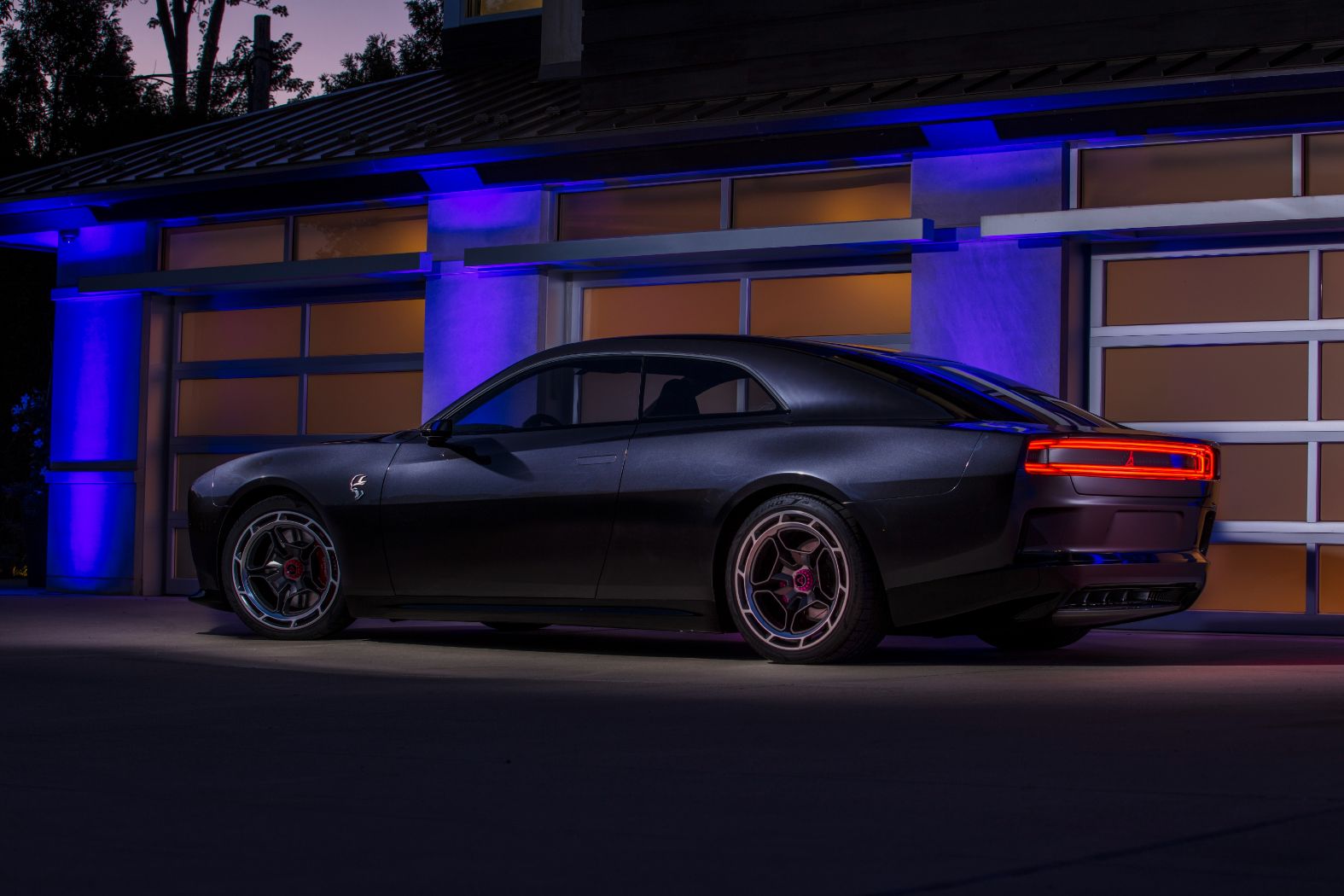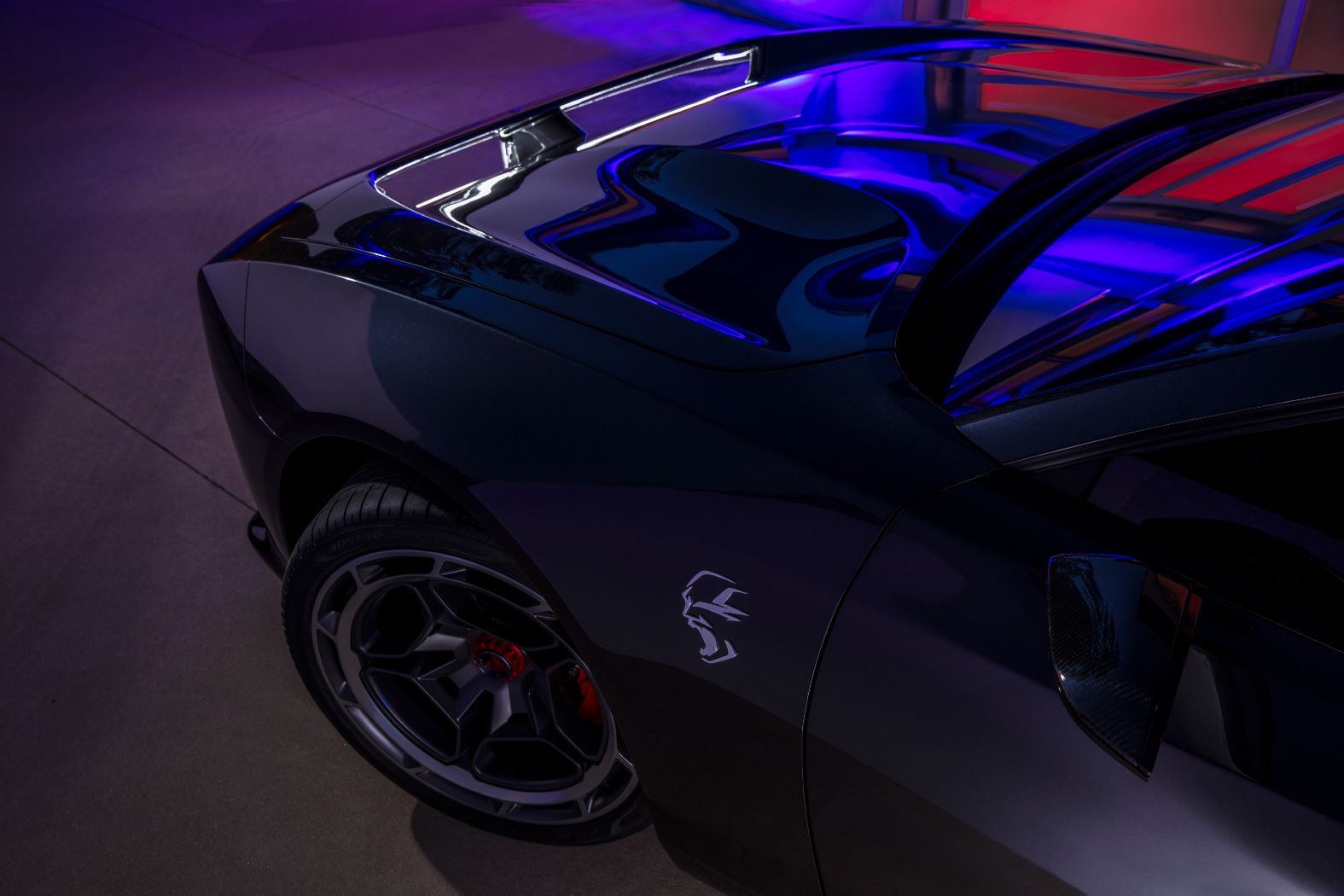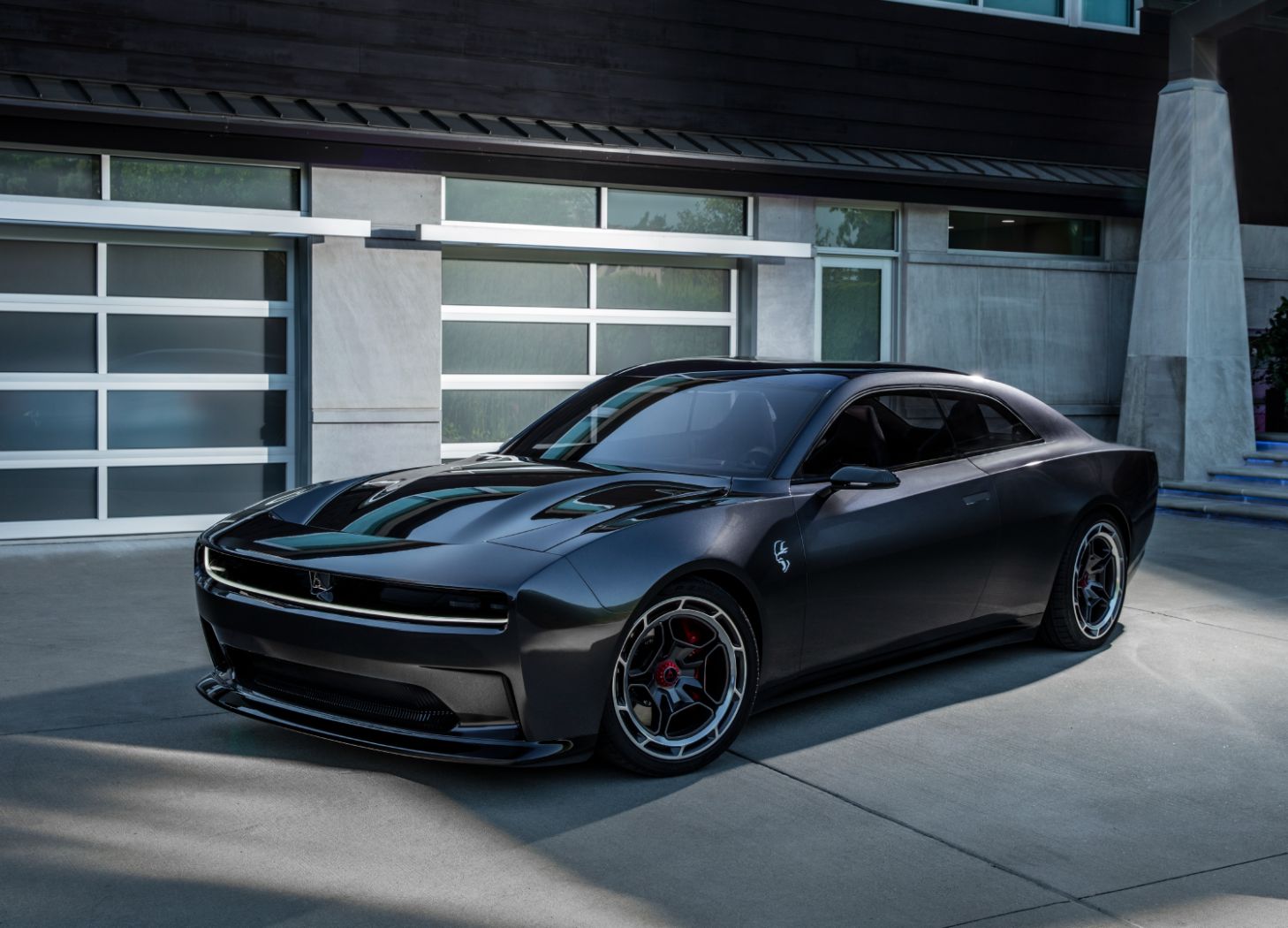Just weeks after being ousted from his position as CEO of Alfa Romeo, Jean-Philippe Imparato has cast doubt on the brand’s ambitious electrification plans. Despite the Italian automaker’s stated goal of transitioning to a fully electric lineup by 2027, Imparato suggests that this timeline may be unrealistic.
In interviews with Auto Express, he hinted that the next-generation Stelvio and Giulia could potentially retain internal combustion engines if electric vehicle demand fails to meet expectations.

Imparato’s comments come at a time when Alfa Romeo is facing significant challenges. The brand has struggled with declining sales and a reputation for unreliability. Its recent introduction of the Jeep Avenger based Junior subcompact utility vehicle has also been met with criticism from enthusiasts who view it as a dilution of the Alfa Romeo brand.
The decision to maintain a presence in the internal combustion engine market would align with the strategy of other automakers that are facing similar pressures. While many are investing heavily in electric vehicles, they are also hedging their bets by continuing to offer traditional powertrains.
This approach allows them to cater to a wider range of customer preferences and to mitigate the risks associated with the transition to electric vehicles. However, maintaining a foothold in the internal combustion engine market also presents its challenges. The automotive industry is facing increasing regulatory pressure to reduce emissions, and the cost of developing and manufacturing new internal combustion engines is rising.
Additionally, there is a growing consensus that electric vehicles will eventually dominate the market, making it difficult for automakers to justify continued investment in internal combustion technology.
Alfa Romeo’s future remains uncertain. The brand is facing significant challenges, and its plans for electrification are subject to change. Imparato’s comments suggest that the company may be reconsidering its strategy, but it remains to be seen how this will ultimately play out.
Chrysler has announced plans to launch at least one model on the STLA Large platform, a highly modular platform compatible with both 400 and 800 volt architectures. Developed for vehicles in the D and E segments, the STLA Large platform will support eight models by 2026, including the highly anticipated Charger.

One of the models replacing the Giulia and Stelvio is expected to feature the powerful Hurricane engine, a 3.0L twin-turbo I6 capable of producing over 500 horsepower. In the Charger SIXPACK, the Hurricane engine delivers an impressive 550 horsepower and 521 pound feet of torque, surpassing even the high output version of the 2025 Ram 1500’s SST by 10 ponies.
While this output is comparable to BMW’s S58 engine, the Hurricane is said to have a less refined sound. The decision to use the Hurricane engine is a disappointment when compared to the Ferrari derived V6 that powered the Alfa Romeo Giulia and Stelvio Quadrifoglio Unfortunately, Alfa Romeo’s American division discontinued both of these models, leaving only a 2.0 liter turbo inline four to fill the void in the United States market.

